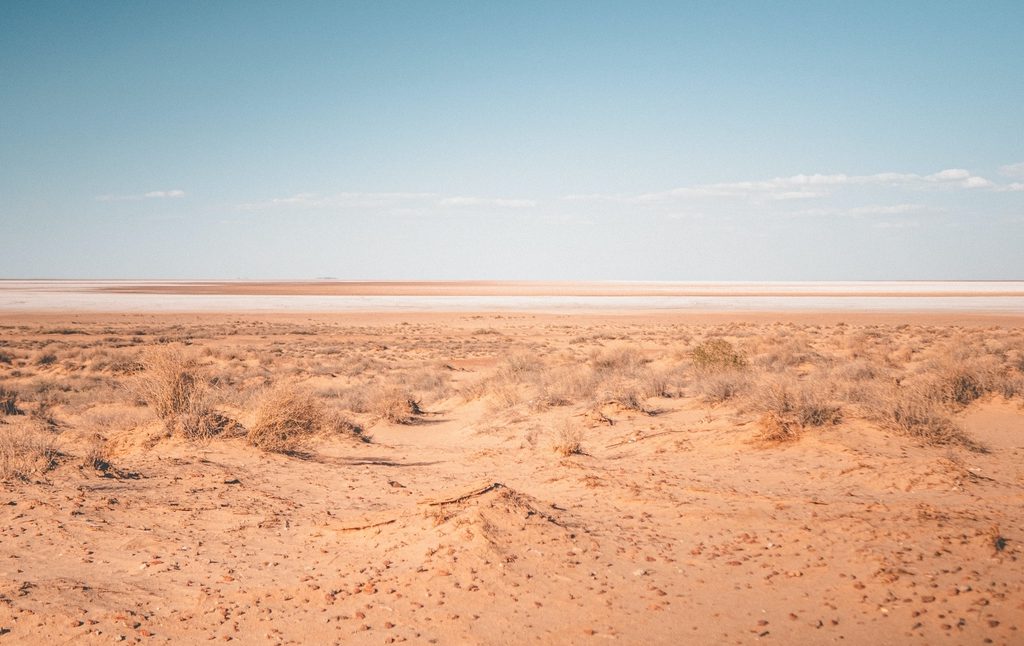On December 17th last year, Mohamed Bouazizi finally gave up. His despair came from the constant harassment by the police, confiscation of his small wheelbarrow of produce and a demand for yet another bribe. He went to plead with the governor of his small Tunisian town, Sidi Bouzid, but could not get an audience. That was the final straw. At 11.30am, he set himself alight.
Bouazizi’s despair was the tipping point. Within two months, his death had led to huge protests in countries across the Arab world, from North Africa to the Middle East. The protests claimed first the Tunisian autocrat Zine El Abidine Ben Ali, Egypt’s Hosni Mubarak and led to the ongoing civil war in Libya. Regimes in Algeria, Bahrain, Djibouti, Iran, Iraq, Jordan, Oman and Yemen have been shaken by large-scale protests. When America invaded Iraq, observers predicted an Arab Spring – a wave of pro-democracy revolutions. But foreign invaders face hard PR jobs. This is the real Arab Spring.
Observers point to the effective use of Twitter, Facebook and mobile phones as revolutionary enablers, allowing young groups to bypass their government controlled media and spark protests. But there are deeper and more prosaic causes of these Islamist-free movements. The powerless youth population bulge across the Arab world is angry and feels powerless. For many years, canny regimes in Saudi Arabia and elsewhere directed their youth’s anger against the West. At last, the anger is coming to rest on the real perpetrators of their discontent.
But behind this lies a deeper truth. Food prices have surged and continue to climb, leading to warning signs of unrest across the globe. In 2007, huge demonstrations rocked Egypt, Yemen and many other developing countries in a protest against rice and wheat prices. Prices rose to unprecedented levels, driven up in part by Australia’s unprecedented drought and America’s demand for biofuels. In December 2010, prices spiked again, with the World Bank’s Food Price Index hovering below the heights of 2007-08. In Egypt, the autocratic Mubarak did himself no favours by restricting the growing of rice in November. Domestic rice prices shot up, jobless rates rose and Mubarak’s own subsidised low-cost bread – his method of keeping labour costs down – became ever more essential to his dictatorship. But when wheat prices began climbing steeply, Mubarak found he had backed himself into a corner. For the first time in his near-30 year rule, Egyptians young and old successfully challenged the widespread secret police apparatus. What drove them? It’s a safe bet that at least in part, it was the hunger in their bellies.
Last year, drought and fire devastated a quarter of Russia’s vast wheat-producing regions. As China’s emerging middle class demand more meat and grain, China’s wheat-growing peasantry are struggling against one of the worst droughts in their history. Lower prices of rice, the world feeding grain, are the one saving grace at present, staving off further unrest. But food prices are expected to continue to inch upwards this year. Corn prices rose 83 per cent in the 12 months from February 2010. Wheat rose 75 per cent. Soybeans rose 56 per cent. Countries from Brazil to America are stockpiling grains as a bulwark against the future.
“There is no room for complacency,” said World Bank president Robert Zoellick recently. “Global food prices are now at dangerous levels and it is also clear that recent food-price rises are causing pain and suffering for poor people around the globe.” But food price rises are, as the Arab world is demonstrating, also bad news for the rich elite. If food prices continue to rise, this present wave of revolution is just the start.
Food prices are rising for many reasons. Aquifers – fossil water – are running out. Soil erosion is reducing the amount of farmland available. Fisheries around the world have collapsed. But there’s another factor: climate change. The Earth’s climate is reacting in ways both anticipated and unanticipated to the influx of heat-trapping gases, creating unpredictable effects. The World Meteorological Office linked the devastating 2010 floods in Pakistan to the melting of the Himalayan glaciers, and also connected the Russian and Chinese droughts to climate change.
What the Arab Spring tells us is that it is the marginal countries – those with limited water, limited fertile land, autocratic governments and a population bulge – who are the canaries in the coalmine. Environmentalists have long predicted that we have gone beyond the carrying capacity of the earth. Now we see what that means on the ground. The old saying that any government is a mere three meals away from revolution is proving its truth. Climate change is contributing to food out of reach of the poor. And the hungry poor have nothing left to lose.


